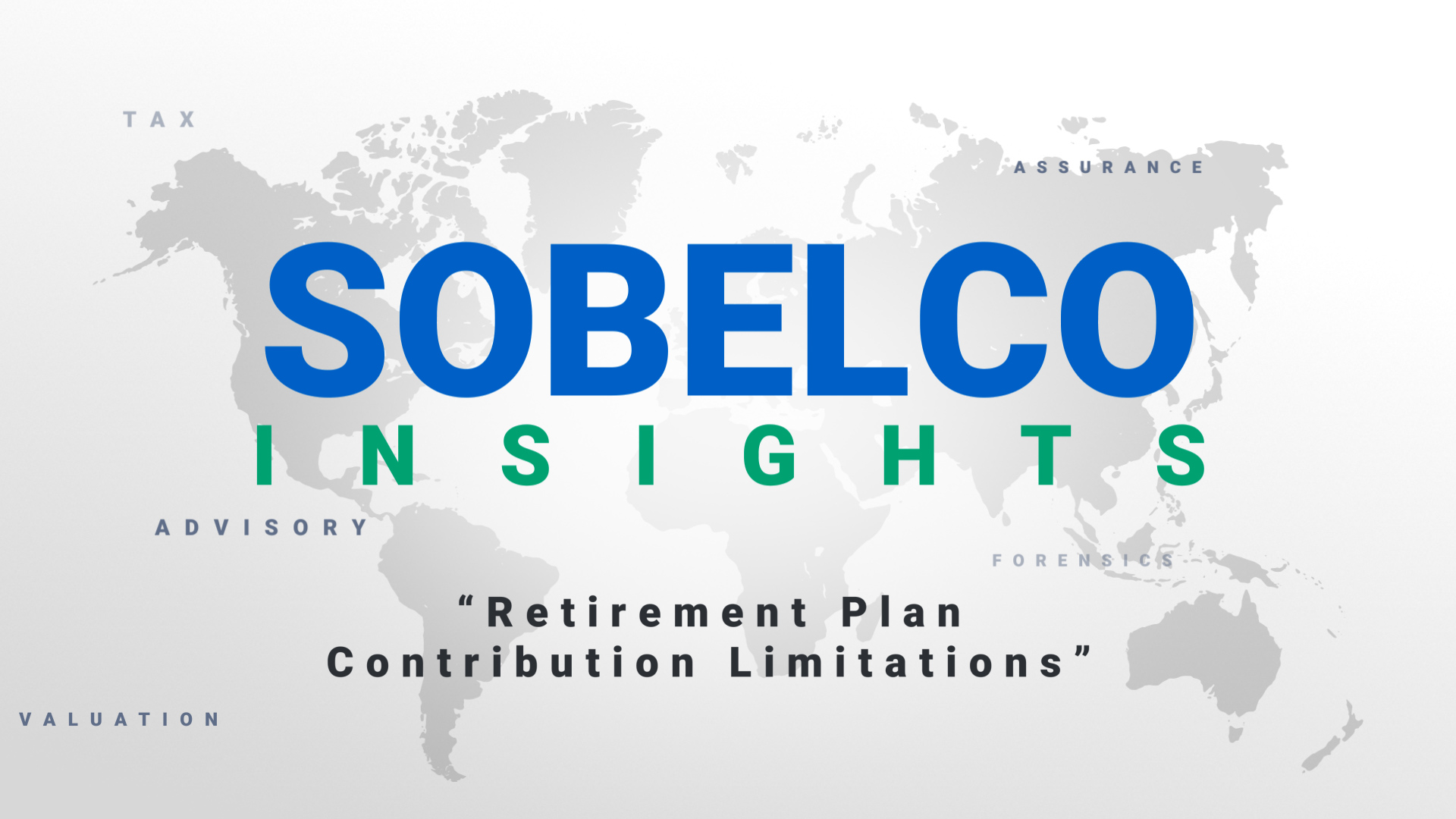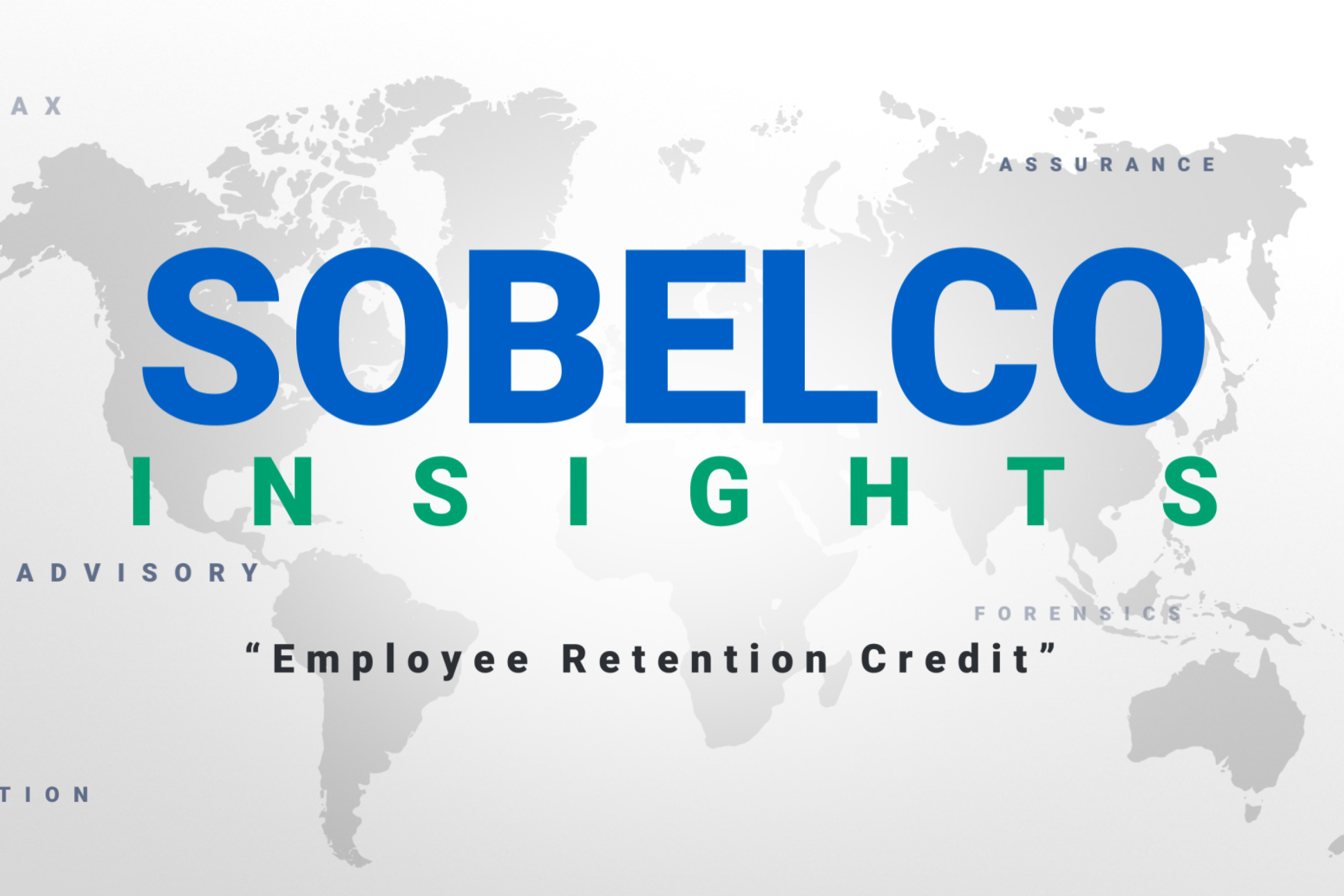
Retirement planning should be a key component in one’s career. One of the most important steps in planning for retirement should be to start as early as possible. The sooner your money is invested, the more time it must grow and multiply. Since 401(k) plans were introduced in the late 70s, they have become the most prevalent type of employee-sponsored retirement plan in the United States. Employees depend on these plans for their future, and employers view them as one of the key benefits of the job.
A traditional 401(k) is a qualified retirement plan, which deems it eligible for special tax benefits. Employees can invest a portion of their salary, up to an annual limit. In 2021, an employee may invest up to $19,500, and for those age 50 and older, there is an additional catch-up contribution of $6,500. For 2022, the limits increase slightly, allowing an employee to invest up to $20,500, and for those over 50 years or older the additional $6,500 brings them up to $27,000. Most employers will offer a ‘match’ to encourage employees to invest as well as earn bragging rights towards the benefits they provide. For example, the most common employer match is 50 cents per dollar up to 6% of the employee’s pay. These investments are made on a pre-tax basis, and subject to tax upon withdrawal after retirement. The thought is to encourage investors to contribute to retirement while decreasing their taxable income during the year.
There is also a Roth 401(k) option, that has been increasing in popularity over recent years where an employee pays tax on the contributions in the given year, but upon retirement can withdraw both their contributions and investment earnings tax free. The contribution limitations are the same as traditional 401(k) plans, $19,500 and for those over age 50, an additional $6,500 catch-up is allowed. Note: If an employer offers any type of match, this portion is taxable upon withdrawal.
Early withdrawal from a 401(k) plan, before the age of 59 ½, should be a last resort for investors. A 10% penalty is assessed, in addition to the tax generated on the amount of your withdrawal for a traditional 401(k). Regarding Roth, the penalties are not assessed on the contributions made as tax was already assessed, and instead only on the investment income.
There are a few exceptions to the early withdrawal penalty for both traditional and Roth 401(k) plans. These exceptions include death, total permanent disability, medical expenses that exceed 10% of your modified adjusted gross income, IRS levies, qualified disasters, and military reservists who are called to active duty for at least 180 days (about 6 months).
Upon age 72, the IRS mandates investors to make required minimum distributions, RMDs, unless the employer still employs the person. Under other types of retirement accounts, regardless of if you are employed, the required minimum must still be taken.
Rollover options allow investors to transfer their 401(k) balance to traditional or Roth IRAs. This will then allow investors to have more options for their portfolio vs the limited options that an employer provides. It is important to note that the transfer must be done straight from the old account into a new account without ever being sent directly to the employee. If it is sent to the employee first, then it will be considered taxable income in that year.
In closing, it is so important to start your 401(k) and retirement planning as early as possible to take full advantage of growth over many years. There are many options available, so take the time to determine which is the best fit for you at any given time. If you have any questions, or need advice, please do not hesitate to reach out to your team at SobelCo as we are always more than happy to help!


